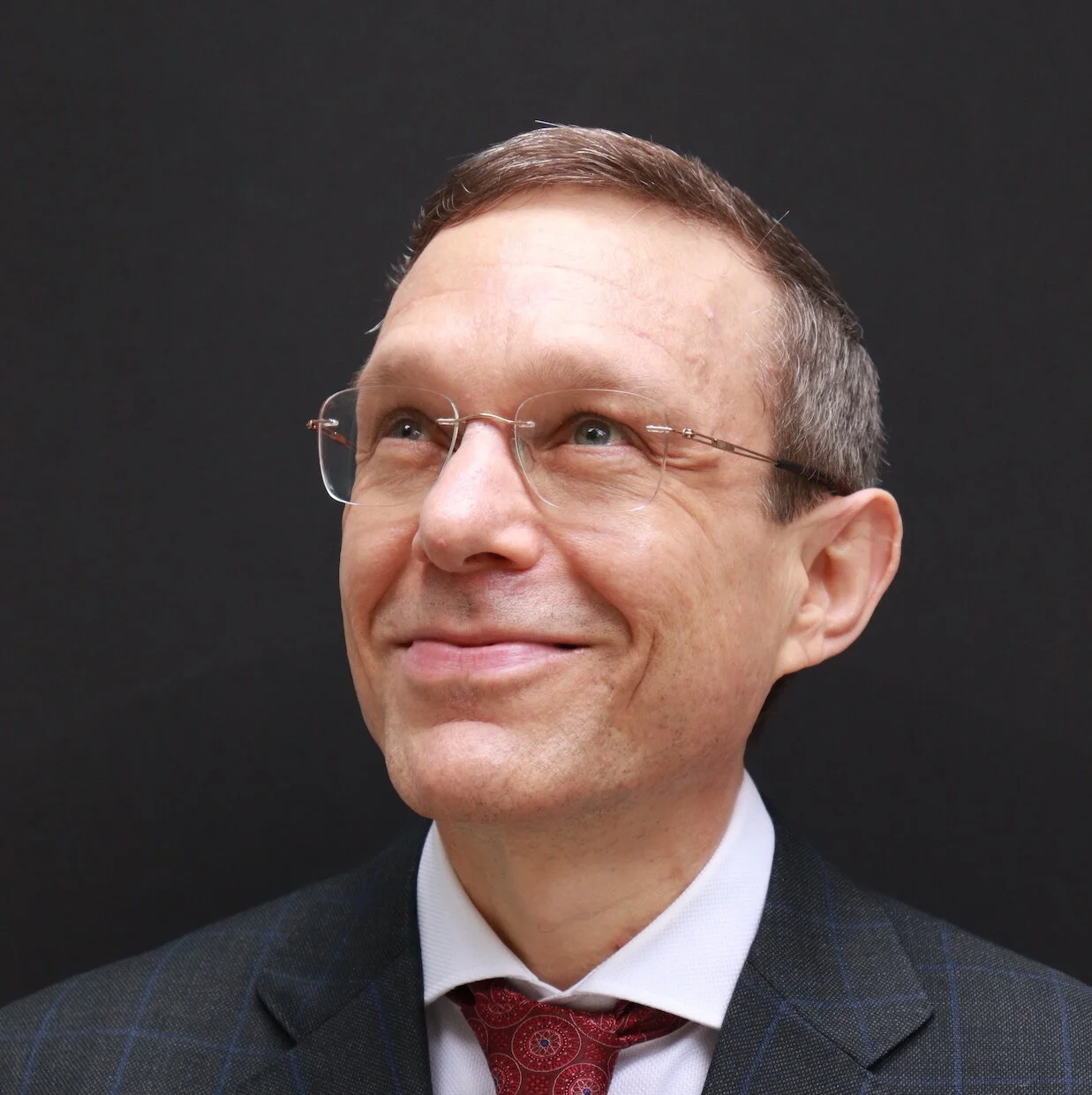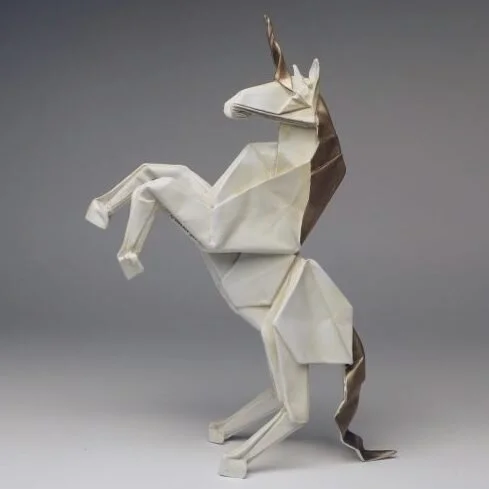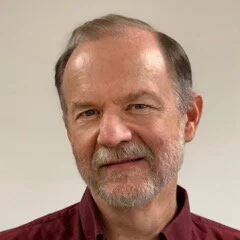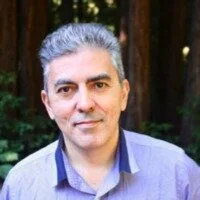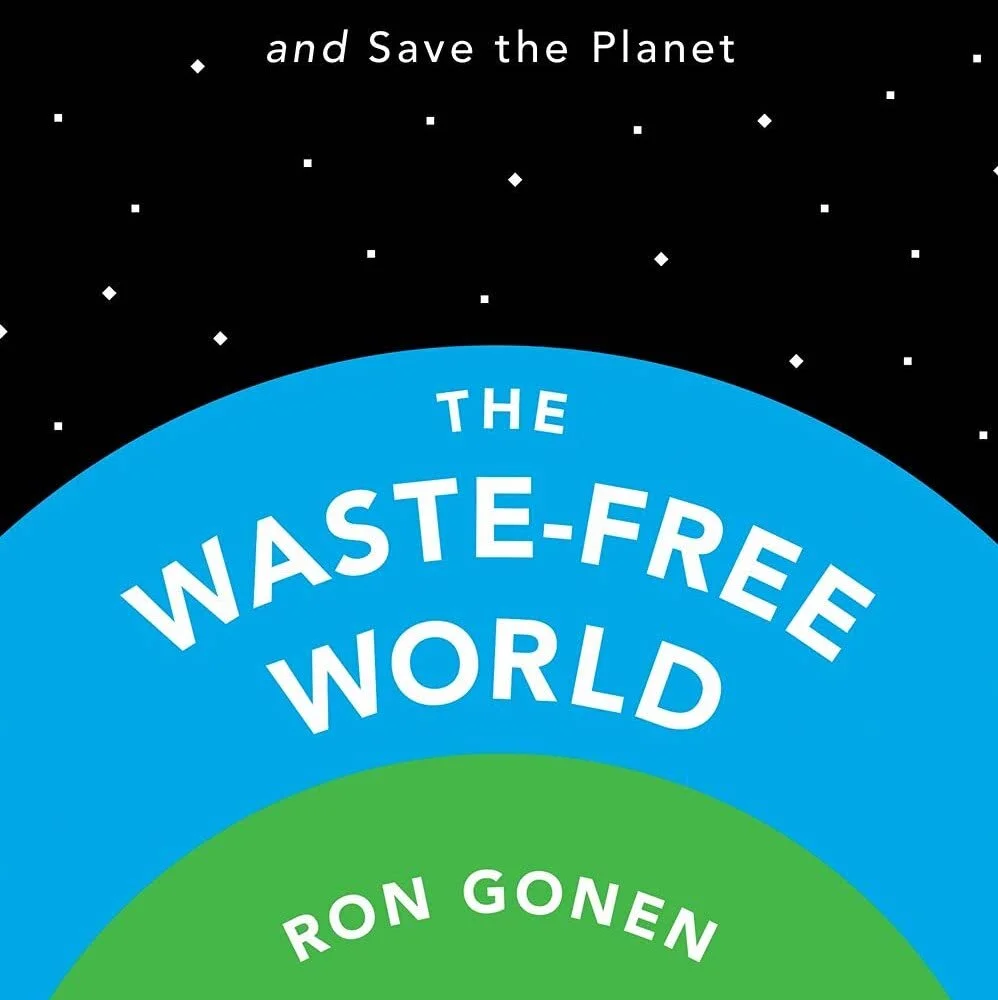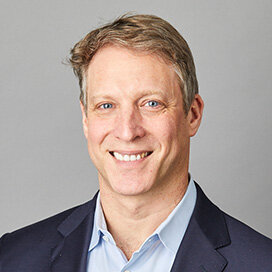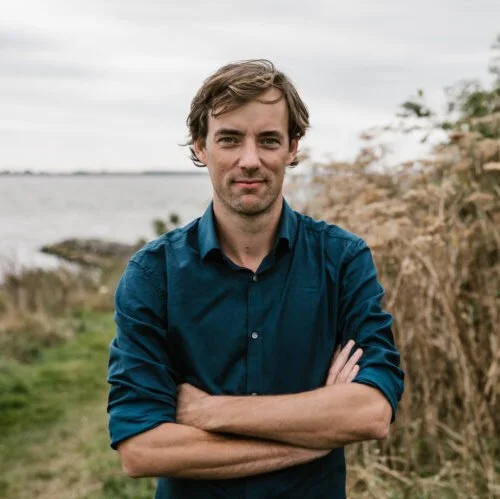MARTIN RUHE
/Martin Ruhe is the internationally-acclaimed German cinematographer behind the Netflix film The Midnight Sky directed by and starring George Clooney. Previously, Ruhe worked on Catch-22, also directed by Clooney, as well as the critically acclaimed Counterpart, Run All Night with Liam Neeson, and the British Independent film award winner Control. Ruhe photographed the dark spy thriller Page Eight for BBC Films, directed by David Hare. The film earned him an American Society of Cinematographers Outstanding Achievement in Cinematography in Motion Picture/Miniseries Television Award for his work on the film.
Working closely with director Anton Corbijn, Ruhe photographed The American. Starring Clooney as an aging assassin on an assignment to create a specialized weapon, Ruhe’s meticulously arranged shots helped to build the tone of The American, while reviews applauded the film’s beauty. Ruhe lensed Harry Brown, a Michael Caine-starring vigilante thriller which premiered at 2009’s Toronto International Film Festival. His photography on Harry Brown received critical acclaim; Joe Leydon of Variety saying, “The moody lensing by Martin Ruhe vividly conveys the no-hope squalor of a contemporary urban wasteland.” Combining the best cultural influences from the U.S. and Europe, Ruhe is fluent in English, German and Spanish. He loves stills photography and travel.
MARTIN RUHE
Early on in my career, I met a cameraman called Mike Southon. When I was working as a runner in London, on weekends I would try to go to shoots and see as many shoots as I could. Mike once told me our job would be. 10% is craft, 10% is talent, and 80% would be diplomacy. It’s actually interesting because quite often we caught in-between producers telling you, “Oh, you can’t have this.” Or, you have to do this. Or this is the framework. And then directors telling you, “I want to see the whole world at night.” And you go, “That’s a lot of money...” So, I think that’s one interesting thing I learned early on.
There are many people you meet along the way and you pick up things from them. I loved when I started working with Anton Corbijn. His photography is so…he mainly uses one lens. One camera. It’s not complicated, but he gets intimate with people in the way he is with them. That’s why his portrait photography is so stunning. Over the years, it’s relevant because he’s curious, he’s open, and he just allows things to happen. I love that. I love creative things.
Early on, I did some workshops with some of the great DPs like Robby Müller. And then you watch films, you read, you listen to what people have to say about them.
This interview was conducted by Mia Funk with the participation of collaborating universities and students. Associate Interviews Producer on this podcast was Bret Young. Digital Media Coordinator is Yu Young Lee.
Mia Funk is an artist, interviewer and founder of The Creative Process.
Find us on Apple Podcasts, Spotify, Google Podcasts, Podcast Addict, Pocket Casts, Breaker, Castbox, TuneIn, Overcast, RadioPublic, Podtail, and Listen Notes, among others.



